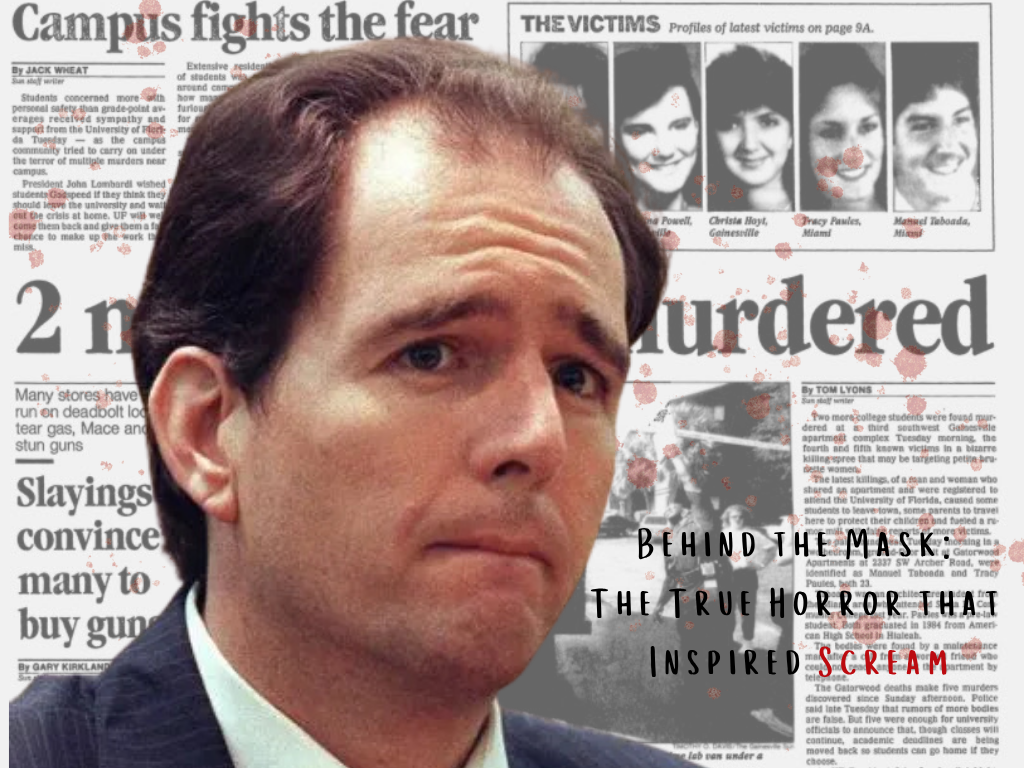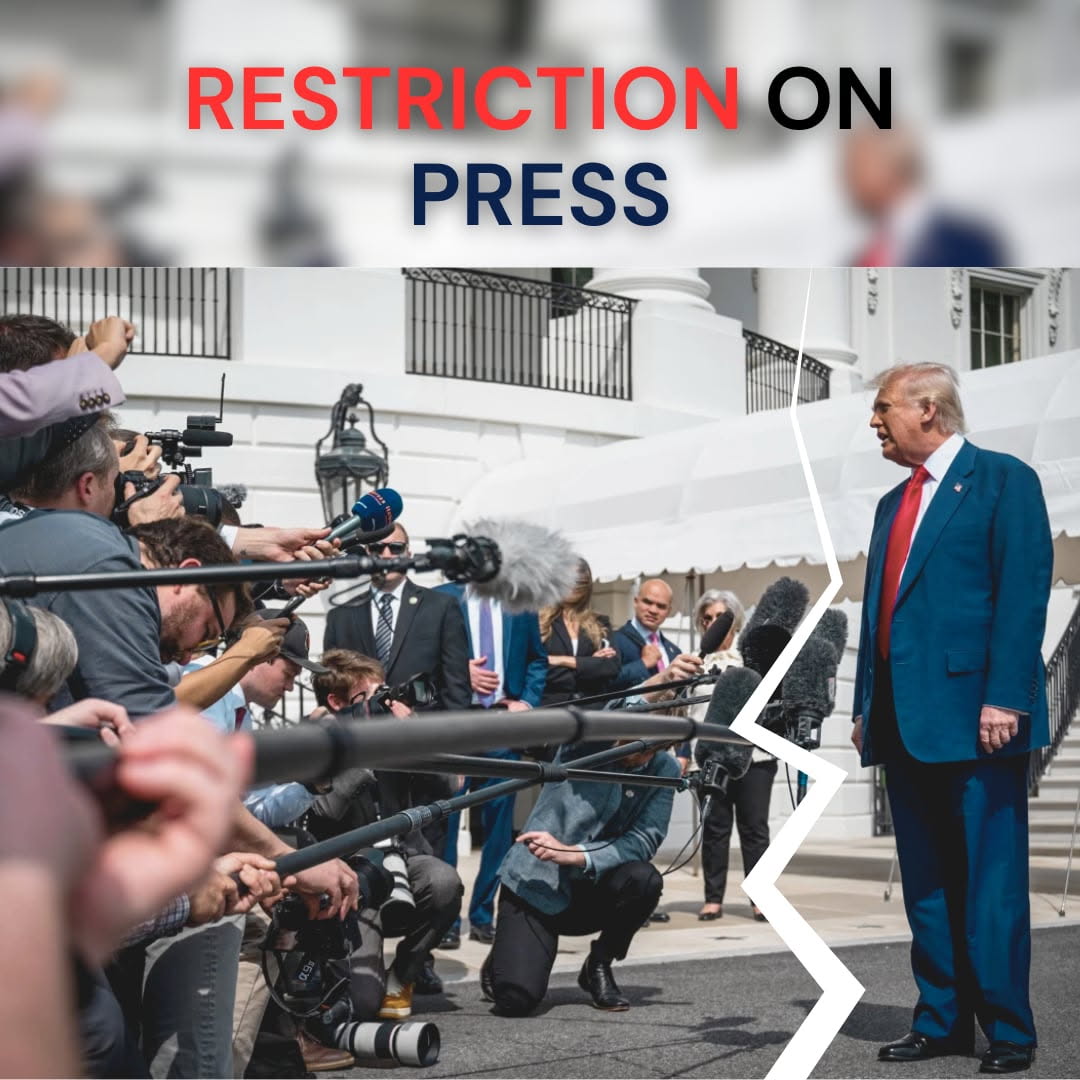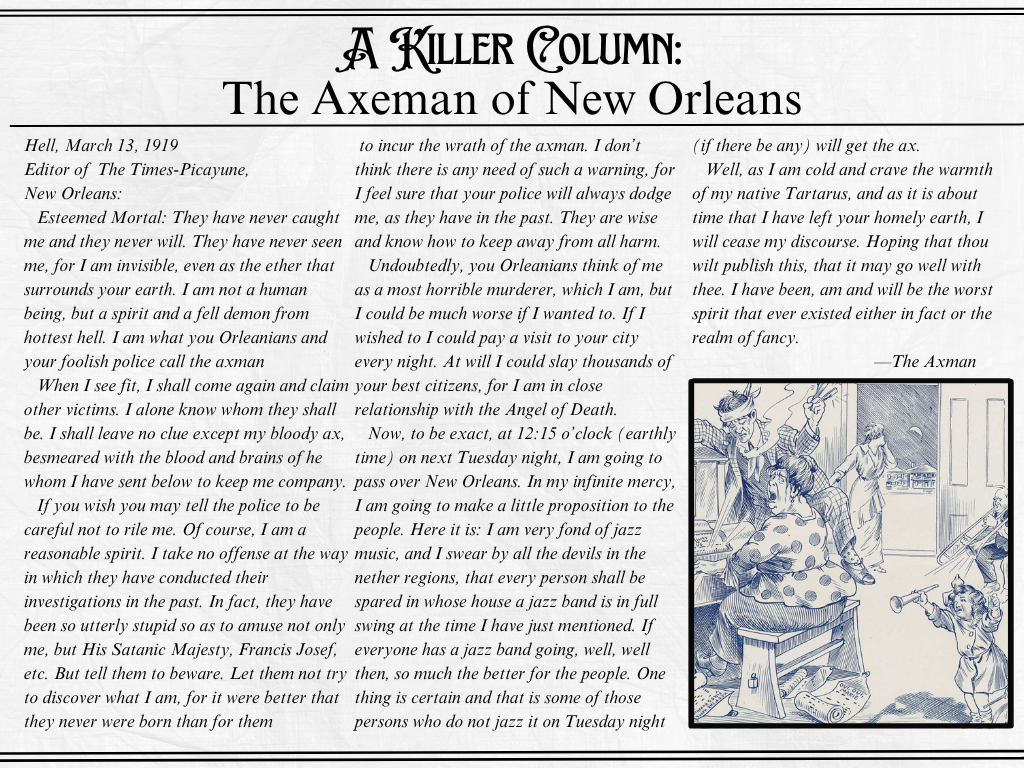
On Jan. 28, over 2 million federal employees received an email from the United States Office of Personnel Management (OPM). The email detailed a buyout offer and a statement regarding employment.
“We cannot give you full assurance regarding the certainty of your position,” the email said. “Should your position be eliminated, you will be treated with dignity and will be afforded the protections in place for such positions.”
President Donald Trump’s “Fork Directive” presented the buyouts with the goal of downsizing the federal workforce, improving efficiency, and pushing to return to in-person work. The buyout gives employees eight months of pay and benefits regardless of work output, as well as not requiring work attendance.
Although Trump claims the buyouts to be “very generous,” many members of the federal workforce resisted. Members of the American Federation of Government Employees (AFGE), AFGE Local 3707, American Federation of State, County and Municipal Employees (AFSCME), and the National Association of Government Employees (NAGE) filed a legal challenge on Feb. 4 against the “Fork Directive” as a resistant act.
AFGE president Everett Kelley explained his distaste for the buyouts in an interview with CNBC.
“From where we sit, our position is not that it shouldn’t be done, or that it couldn’t be done,” Kelley said. “Our position is that it should be done correctly [and] appropriately because there are rules and regulations. There is no guarantee they will ever receive any pay for this offer. They say it’s a fork in the road, I say it’s a knife in their back.”
Trump’s directive continued facing difficulties in court after the suit from labor unions, with U.S. District Court Judge George A. O’Toole Jr. putting a temporary block on the directive. He later extended the block on Feb. 10.
Trump disagreed with O’Toole’s decision, discussing his argument during a speech.
“We want to weed out corruption, and it seems hard to believe that a judge could say, ‘We don’t want you to do that,’” Trump said. “Well, maybe we have to look at the judges. I think it’s a very serious violation.”
Trump’s push to change the workforce created waves of legal battles from the federal workforce and other parties.





